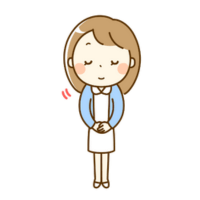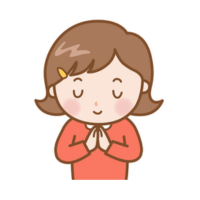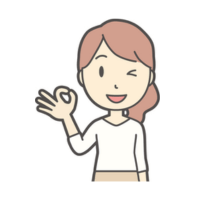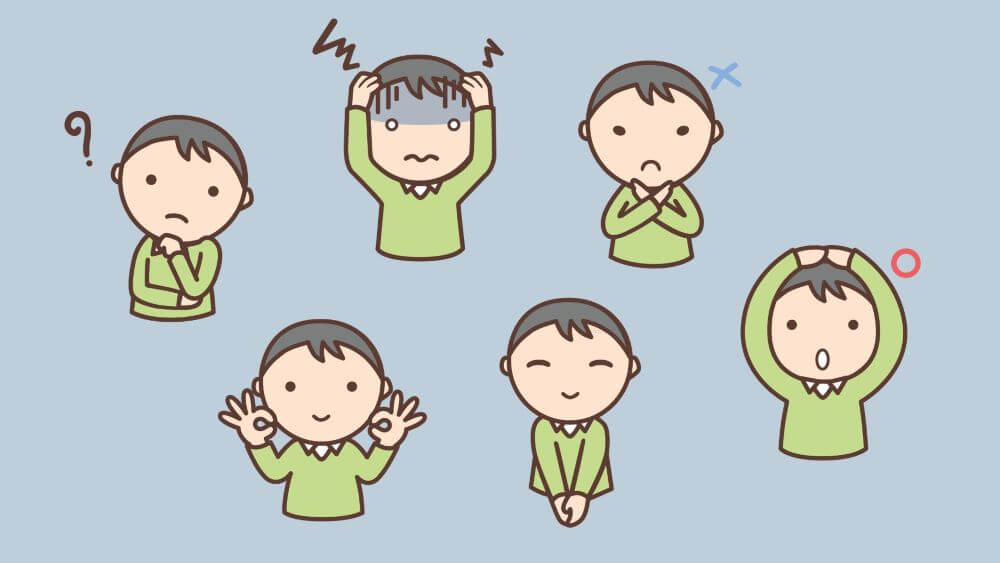Japan has some unique gestures that aren’t commonly used in Western cultures. If you’re not familiar with them, you might find yourself in awkward or confusing situations while visiting. To help you communicate smoothly in Japan, this article will introduce some frequently used Japanese gestures and what they mean.
Japanese Gestures
The Role of Gestures in Japanese Culture
In Japanese culture, physical gestures are generally used more subtly than in Western countries. Because of this, the gestures that are used often carry significant meaning and can be key to understanding the conversation. For example, bowing is a culturally important gesture that shows respect or gratitude.
Differences from Gestures in Other Countries
The same gesture can mean different things depending on where you are. For instance, in Japan, the peace sign is commonly used when posing for photos, but in some countries, it simply symbolises “peace,” while in others, it might be seen as an insult.
Other gestures, like waving hands, giving a thumbs-up, or making an “OK” sign with your fingers, can have positive or negative meanings depending on the culture. Learning the correct gestures for the country you’re in is important to avoid misunderstandings.
Common Gestures in Japan
Gestures to Express Feelings
Bowing
Lowering your head to express thanks, apologise, or greet someone. The depth of the bow shows how strongly or politely you feel.

Putting your hands together
Pressing your palms together is used when praying, showing gratitude, or apologising. It’s often paired with phrases like “Itadakimasu” or “Gochisosama” before and after meals.

Covering your mouth with your hand
This is done to hide surprise or laughter, especially among women, as a sign of modesty.

Scratching your neck
A gesture often used to show embarrassment or confusion.

Tilting your head
Slightly tilting your head indicates you’re unsure or don’t fully understand something.

Making a peace sign
Often used when taking photos or expressing happiness, this is a very common pose in Japan.

Gestures for Giving Instructions or Expressing Intent
Waving your hand sideways in front of your face
This is a way to say “no” or “that’s not okay.”

Thumbs-up
A familiar “OK” sign that’s also widely recognized in English-speaking countries.

Making a circle with your thumb and index finger
Generally, this means “OK” or satisfaction. It can also mean money, though this usage has become less common.

Crossing your arms in an X
A sign for “no” or “wrong.” It is used to refuse a customer’s entry, decline an invitation, or as a signal when the answer is incorrect.

Crossing your fingers in an X
In restaurants or bars, crossing your index fingers in an X can mean “bill, please.”

Holding your index finger in front of your lips
A way to ask someone to be quiet, used when speaking out loud isn’t possible.

Pushing your palm out toward someone
This is used to stop someone’s actions or speech.

Pointing to your face with your index finger
In Japan, pointing to your face is a way of saying, “That’s me.”

Gestures to Avoid in Japan
Pointing at people
Pointing directly at someone with your finger is considered rude in Japan. If you need to gesture toward a person, it’s better to use your whole hand instead.
Beckoning with your palm up
In Japan, beckoning someone with your palm facing up and moving your fingers in a “come here” motion is seen as disrespectful, especially when directed at someone older or in a position of authority. Instead, beckon with your palm down and fingers waving.
Touching or patting someone’s head
Touching someone’s head, especially an adult, is considered disrespectful and should be avoided.
Crossing your arms or legs in formal situations
Crossing your arms can be seen as an arrogant posture, and crossing your legs, particularly when sitting in a formal setting, can come across as disrespectful or overly casual.
Gesturing with chopsticks
Waving or pointing with chopsticks, sticking them upright in a bowl of rice, or passing food from one pair of chopsticks to another are all considered impolite, as some of these actions are associated with funeral rituals.
Understanding Japanese gestures is an important step toward gaining a deeper understanding of the culture and having smooth interactions. When you visit Japan, try using some of these gestures yourself!


